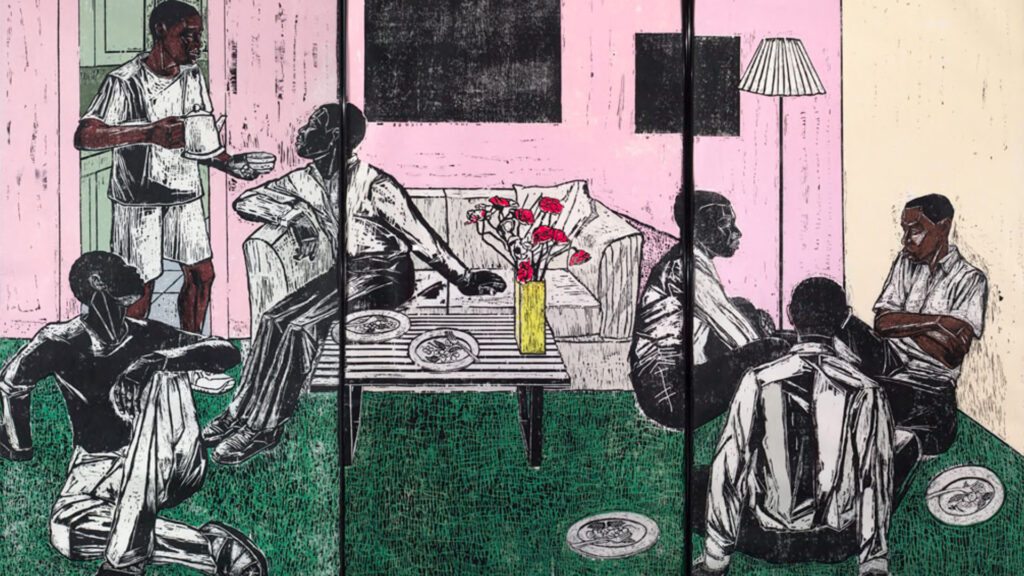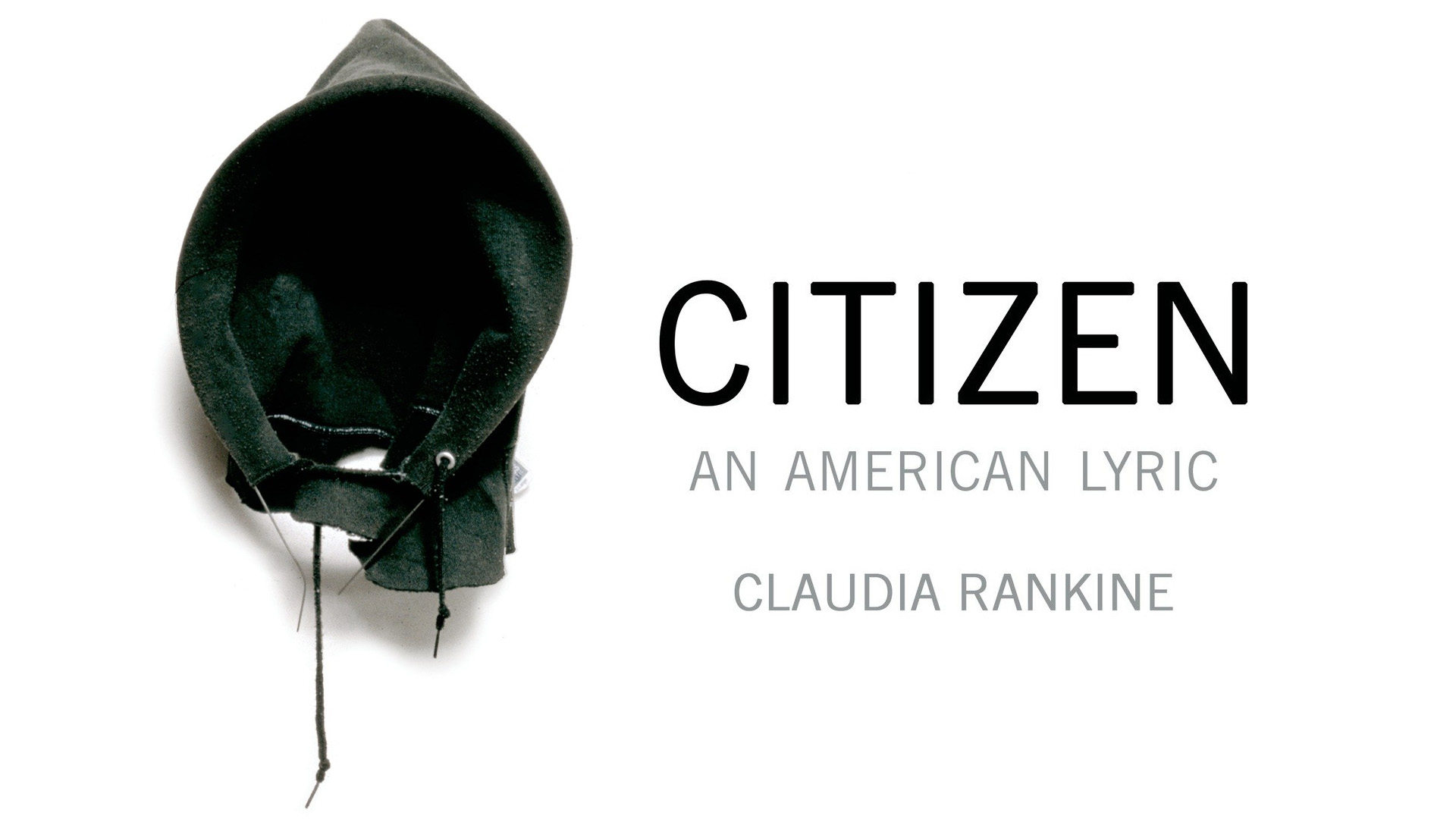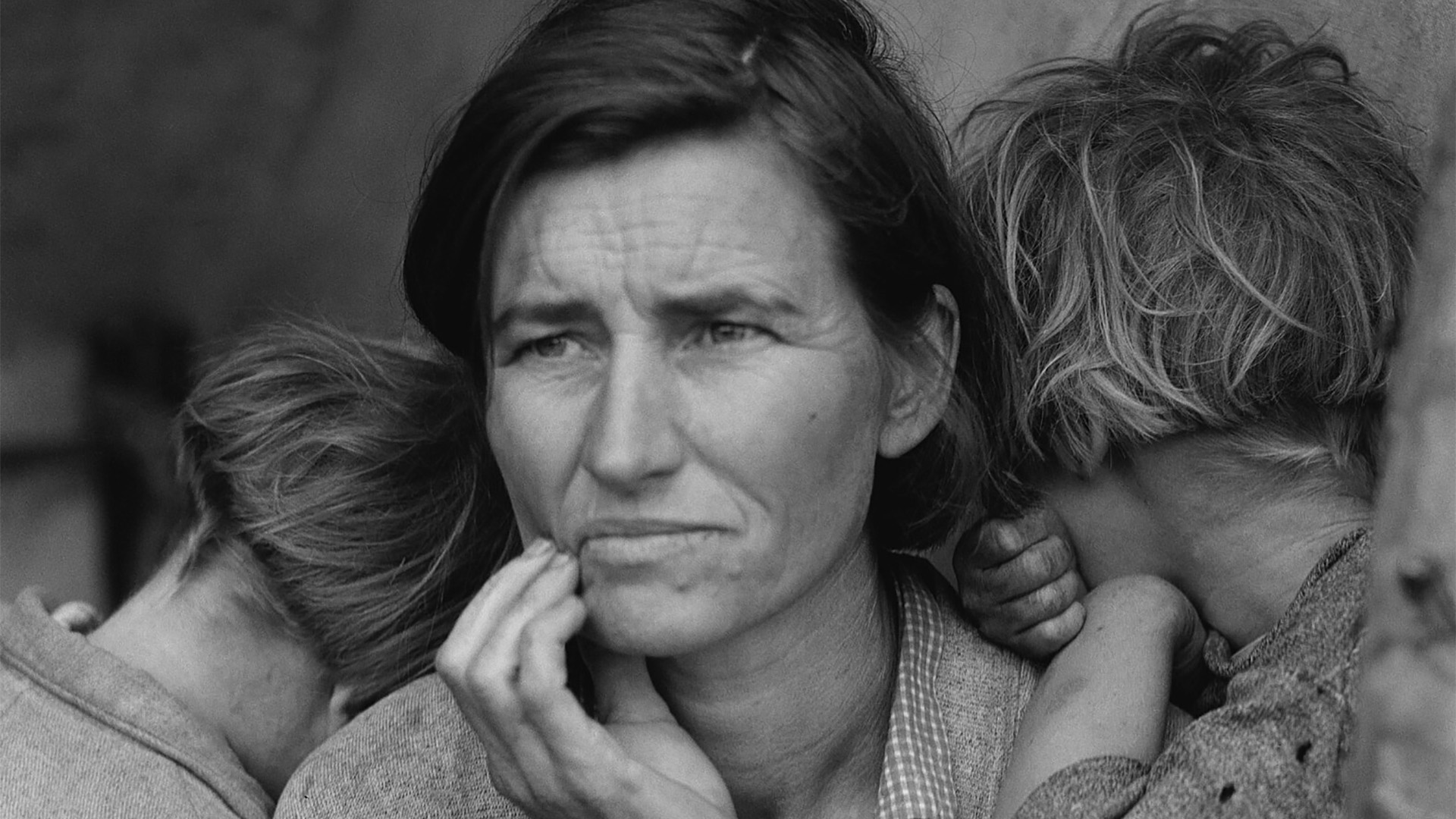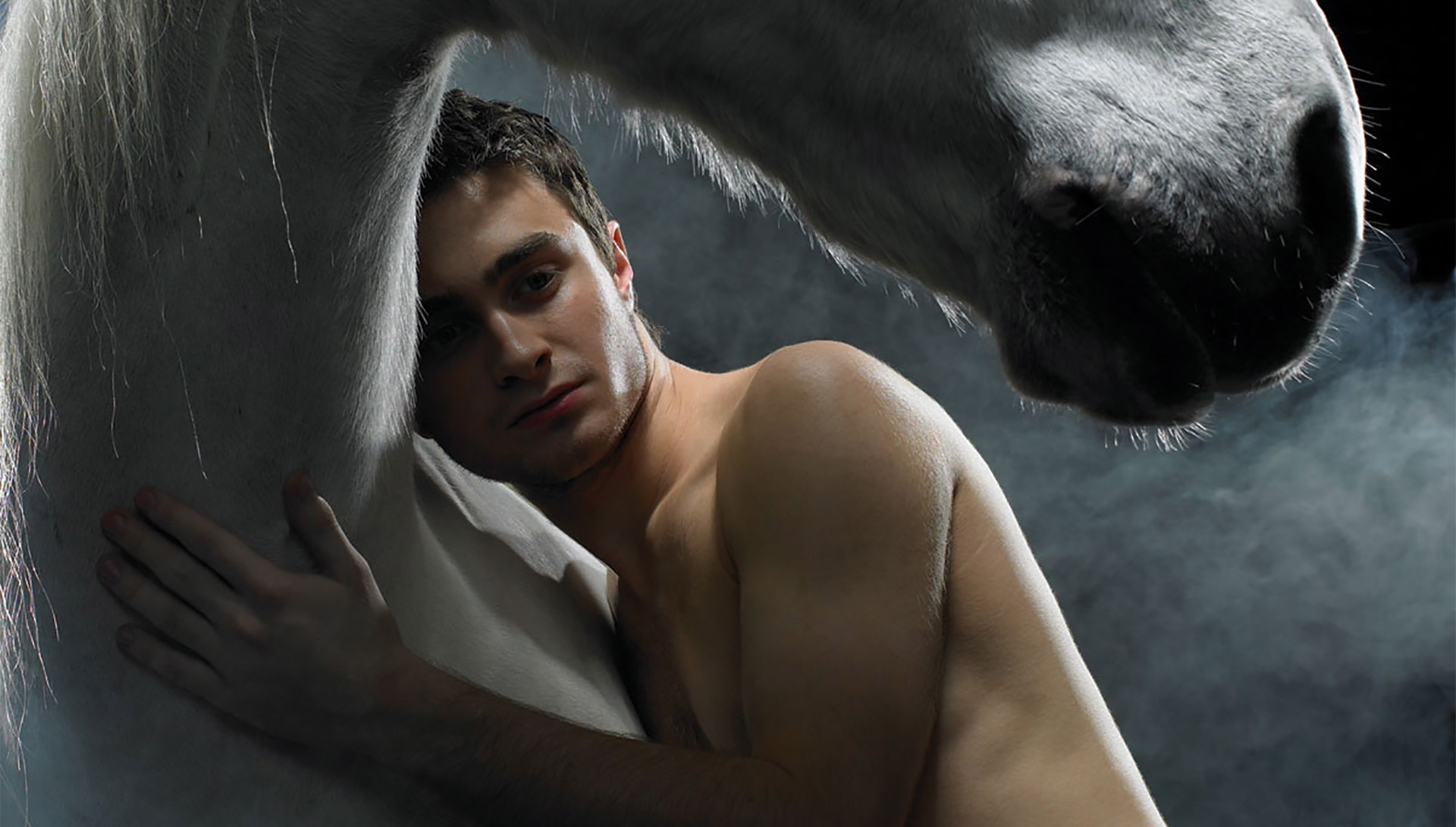In Saturn Devouring a Son, Peter Paul Rubens’ vision of a god consuming his child reveals the paranoia of power and the need to destroy threats from succession. Power always needs its scapegoat.
How Creators Refuse to Let Others Drown
There’s a sentence I can’t shake from a recent conversation:
“If they were not visible, we would succeed.”
It landed like a stone dropped into dark water. Then came the ripples: the quiet nods, the shared sense that progress might be cleaner if some people, some voices, simply sank from view.
I’ve been thinking about this impulse since then. Not just as cruelty, but as a survival reflex. As if the world has given us only so much air to breathe and someone must be pushed under to keep the rest of us afloat.
The arts have been diagnosing that delusion for centuries.

In The Crucible by Arthur Miller, girls initiate mass accusations of witchcraft to avoid punishment for their own misdeeds. This deflection creates a climate of fear, leading the community to unjustly target and persecute innocent people.
What Is Scapegoating, Really?
At its root, scapegoating is a ritual of fear.
We transfer the weight of our own failures, shame, or scarcity onto someone else: the visible one, the inconvenient one, the “they.”
We call it necessary. We call it balance. But as anthropologist René Girard once wrote, it’s really “the lie that peace can be built on the body of another.”
It’s as old as civilization and as current as today’s feeds. And artists, from Goya to Toni Morrison to Jordan Peele, have held up the mirror, asking us to see who is drowning so that we can breathe.

Kerry James Marshall,’s monumental print series, Untitled brings Black figures into the center of art history, challenging the quiet erasure that once kept them unseen.
How Artists Have Exposed the Drowning Logic
When Rubens painted Saturn Devouring a Son, he wasn’t depicting myth for its own sake. He was showing a god’s terror of being replaced.
When Arthur Miller wrote The Crucible, he showed how panic makes neighbors point and purge until no one is safe.
When Kerry James Marshall painted Black life in monumental color, he refused the quiet cultural drowning that invisibility enacts.
When Claudia Rankine wrote Citizen, she mapped the suffocation of daily exclusion: the small withdrawals of oxygen that accumulate into a social collapse.
Each of these creators reclaims breath for the unseen. Each insists that one person’s survival doesn’t require another’s drowning.

Claudia Rankine’s Citizen is a hybrid of poetry, image, and essay. It details a culture where people of color are constantly scrutinized, and their humanity is questioned, making them easy targets for blame and hostility.
Why Scapegoating Seduces the Creative World
Even among artists, this logic whispers: If only that other voice wasn’t visible, our own might shine.
Gatekeeping, rivalry, subtle erasures are the genteel faces of drowning. Creative communities, like societies, can confuse purity for strength.
But art at its best resists that.
It teaches that vision expands by inclusion, not exclusion. That the more voices we let breathe, the more we all can.

Dorothea Lange’s Migrant Mother, Nipomo, California. Dorothea Lange revealed what others refused to see. Yet her most famous image also warns how easily art meant to humanize can create a visual scapegoat for the failures of an entire system.
What Can We Learn from These Artists?
Every time a work insists on showing the unseen (the poor, the colonized, the queer, the dispossessed, the inconvenient), it pushes back against that drowning logic.
Visibility becomes solidarity’s rehearsal.
To create, then, is not simply to express. It is to give oxygen to the collective, to make room for others to breathe beside you.
So, when someone says, “If only they weren’t visible,” perhaps the creative response is not argument but art that restores sight. Art that refuses to let anyone disappear beneath the surface.

Peter Shaffer’s Equus, a psychological drama that explores repression, ritual, and society’s impulse to normalize (or expel) those who deviate from its standards.
Two Questions for You
- Who is being asked to drown so that you can breathe easier?
- And what might it mean, in your own creative practice, to refuse that bargain?
Randall White
Abbetuck
Image Credits
- Peter Paul Rubens, Saturn Devouring a Son (1636–38) [Detail]. Museo del Prado, Madrid. Public Domain.
- The Crucible (1996) publicity still. Twentieth Century-Fox Film Corporation ©1996.
- Kerry James Marshall, Untitled (1998) [Detail]. ©2007 Kerry James Marshall. Harvard Art Museums/Fogg Museum, Margaret Fisher Fund.
- Citizen: An American Lyric (2014) by Claudia Rankine. ©2014 Claudia Rankine/Penguin Books.
- Dorothea Lange, Migrant Mother, Nipomo, California (1936) [Detail]. Franklin D. Roosevelt Library Public Domain Photographs. Public Domain.
- Equus (2007 West End Production) promotional image featuring Daniel Radcliffe. Photo by Uli Weber, ©2007.




No responses yet